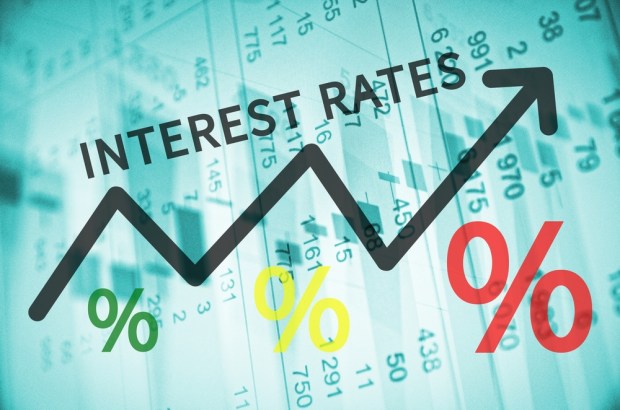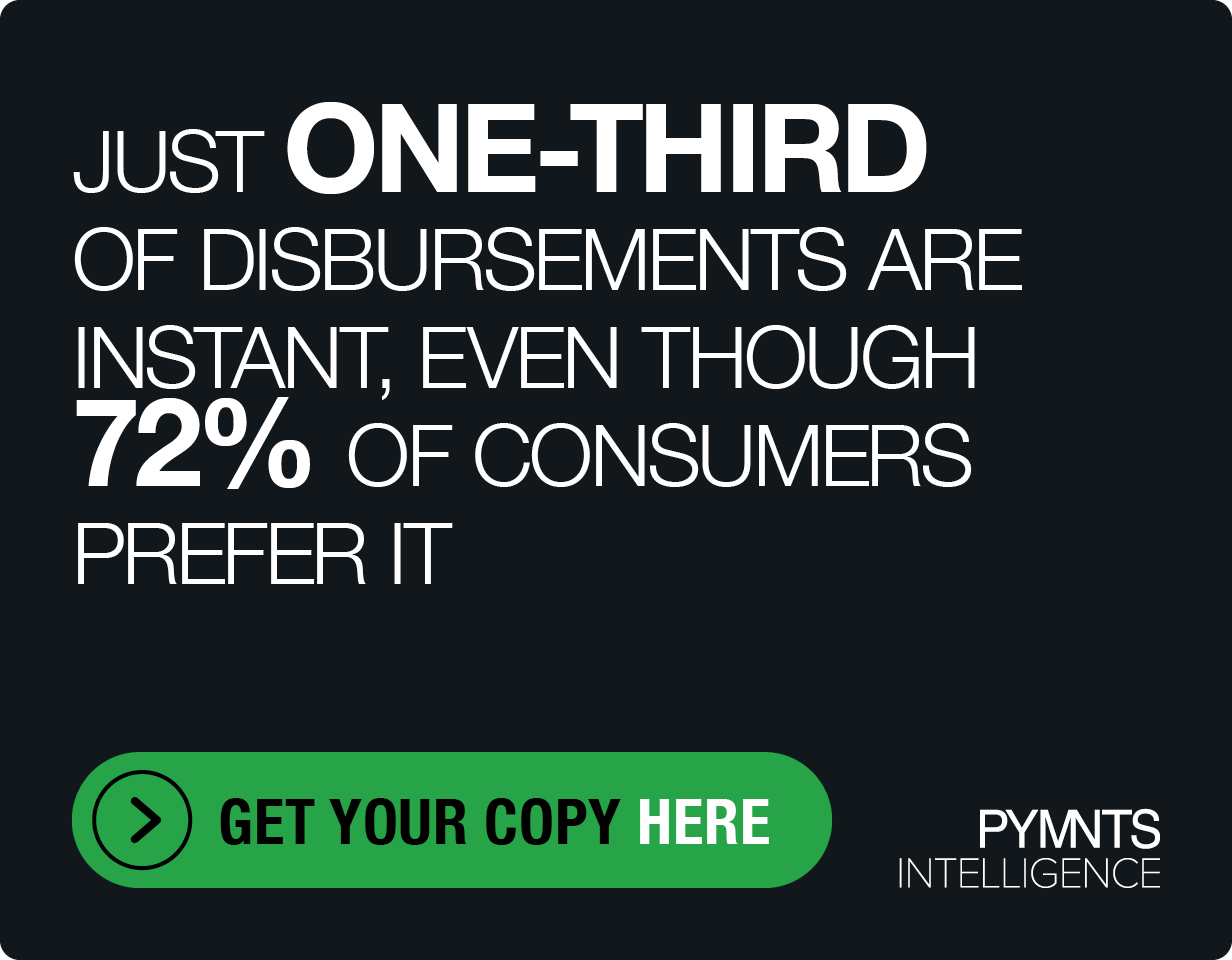Rate Hikes Hint At Credit-Card Debt Trap

Now, it seems, interest rates have garnered some, well, interest.
It has been barely a week since the Federal Reserve boosted interest rates by a quarter point. It’s the latest move in a series of rate hikes that have been well-telegraphed and well-choreographed.
The Fed has been gradually increasing its fed funds rate over a period of a few years. The latest move took that rate, which is what is charged to banks as they lend to one another, to 2.25 percent.
As always, it should be noted that the rates have been, and still are, coming off historic lows, even after eight increases spread out over two years.
Against that backdrop, as reported by CNBC, credit card rates are eyeing (but are not at) record highs.
Rates on credit card debt have crossed the 17 percent mark, as measured by annual percentage rates, and are up markedly from 16.1 percent last year and 15.2 percent two years ago. Those rates have risen as the Fed has raised the aforementioned fed funds charge, used as a benchmark for many types of debt, from mortgages to autos to student loans. Variable debt, of course, means that rates get reset, and are now being reset higher.
It should come as no surprise that there will be more rate hikes in the offing, as the Fed targets inflation. As reported in recent weeks, the U.S. economy is operating at full employment. Unemployment rates are at 3.7 percent, the lowest level seen in nearly a half century. Also, wages are creeping up as firms try to lure workers, which means that price increases — which cover corporate operating expenses as they rise — get passed onto consumers. The dance is a delicate one, where rates that rise too quickly can choke off economic growth, and even lead to recession.
That’s a possible eventuality. But in the meantime, the impact to borrowers is swift. CNBC quoted Ted Rossman, an analyst at CreditCards.com, as noting that the 17 percent rate means “the interest on a $1,000 balance is going to be very impactful.” The impact is to be multiples of that level, as across the U.S., credit card debt in its totality has now passed the $1 trillion mark as of last year – the highest level ever. The rate hike means, all else being equal, that another 25 basis points, on each trillion of debt out in the field, comes to $2.5 billion in additional interest charges annually.
Some mixed signals might translate into flashing red lights, or perhaps at least yellow lights: Consumer confidence remains at its highest level in the last 18 years, where the reading of 138.4 is within sight of the all-time peak of 144.7 seen back then. But then again, the rate of growth in consumer spending is slowing. Any wealth effect from the stock market may be clipped a bit as the Dow (a headline proxy for the market overall) has been slipping in the wake of the IMF lowering its global economic growth rate target. Not the best confluence of events when the monthly credit card statement pops up.
